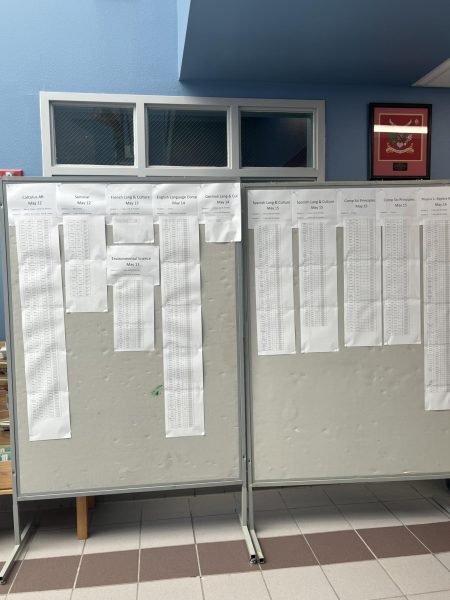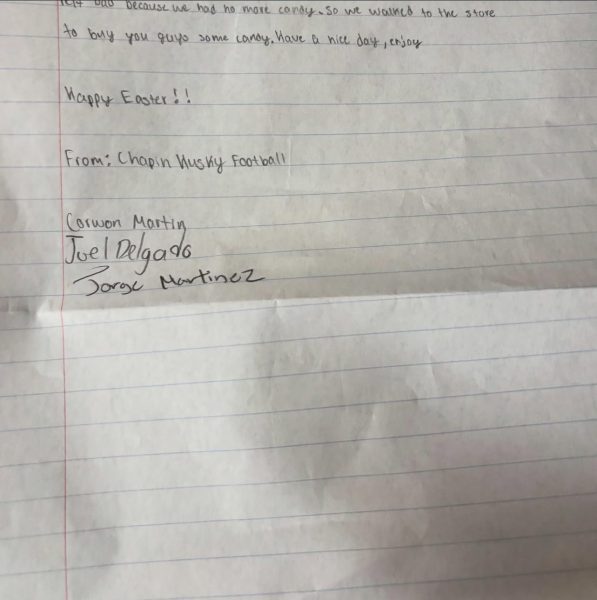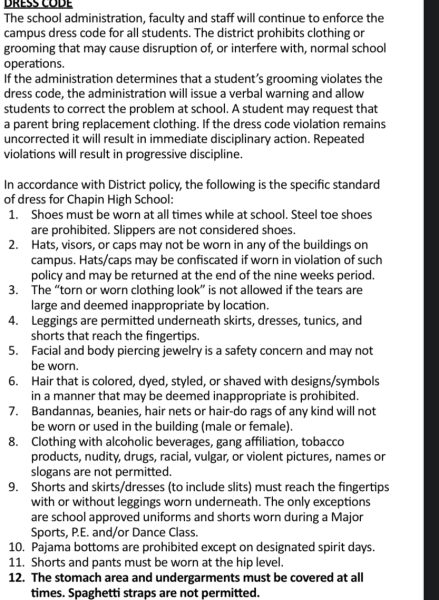Virtual learning changes school environment
Differences in teaching and learning techniques
Virtual learning has caused students and teachers alike to find ways to adjust to the new system of learning. Having to manage the technology that people may have never used before presents different options, difficulties, and benefits. These include the choice to turn cameras on or off, working with bad internet connections at times, but also learning how to use recent programs.
Since having shifted to the virtual learning environment, teachers have had to find new ways to instruct and new ways to engage their students. Kevin Mills, Algebra 1, PAP Algebra 1 teacher, and Varsity Softball Coach tries to make class more enjoyable by doing something different every day.
“I like to mix things up,” Mills said. “You can tell I try not to do the same thing every day because I think that’s boring. So, we’ve tried to mix up different programs because I know different students like different programs.”
Olivia Harris, a World Geography teacher, tries to make class easier and more enjoyable by planning and by building relationships with the students. She believes that it is more than just assigning students grades and instead asks herself who the students are and how she can help them grow.
“The planning is the biggest part of it,” Harris said. “We have what we call ‘Peak at a Week,’ so if I plan it well, I can have those activities that I feel will draw the students, rather than ‘I don’t want to go to Ms. Harris today,’ And just again, building relationships.”
Freshman Sha’Miah McNezer finds that teachers’ patience helps her, and Freshman Kennedy Stone sees organization and tutoring as useful.
“The tutoring thing, for Mr. Mills at least, really works,” Stone said. “They have their Schoology pages really organized, most of them. They’re always there when you need help and have questions.”
Since being virtual means having to contact a teacher through different means, receiving the help needed may take time. Due to limited available help, McNezer has faced difficulties with assignments.
“I’ve seen a change in my grades, especially in math,” McNezer said. “It was ok; math is not my best subject; I always kept a B an eighty, eighty-five, eighty-nine. Now a seventy-nine, a seventy-four, and I’ve been trying my best to get it back up. But, when we were in contact, and we were in school before Corona, I could just easily walk up to her or him and be like, ‘can you help me with this?’ or stay after school when I needed help to get my grades up, but we can’t really do it anymore, and even though they have tutoring, it’s still not the same.”
Mills has noticed that some students need the structure of school, and Harris has seen that students who do not attend virtual meetings seem to struggle on work at times.
“The students that come to class and put forth the effort, I’m seeing the same type of effort, the same type of grades,” Harris said. “It’s the reluctant learner, the reluctant person that doesn’t want to come onto the Zoom; they find it difficult to work asynchronously, by themselves.”
Interacting with students and teachers has been a struggle. Harris believes that the biggest struggle students must face is building relationships.
“I had a student try to make friends with another student, and the other student said, ‘but I don’t know you.’” Harris said. “But I said, ‘but you won’t get to know that student unless you talk here. There’s no, ‘I’m going to meet you for lunch,’ or ‘we’re going to go to a basketball game.’ This is what we have right now, so let’s just make the best of it, and do try to build those relationships.’ And then after that, he said, ‘I’m sorry, I’m so and so and so,’ and they actually started talking.”
Issues concerning virtual learning are getting the student to show up to Zoom meetings and WIFI, internet, or technical problems. Losing WIFI can cost you the ability to communicate with your teachers and the opportunity to attend class.
“That’s an issue because I know we’ve all had it one or two times this semester, if not more,” Mills said. “It’s not always guaranteed to be there, and at least in class if the computer isn’t working, we can adjust on the fly and do something else with the class right then. If the internet’s not working, we’re having to send a message if we have WIFI on our phone, ‘Do the assignment online and good luck’ because you can’t adjust as quickly with the computer like this.”
When asked what the benefits of virtual learning are, McNezer answered by only being able to list staying at home and not having to wake up early as benefits.
“The benefits of virtual learning are that you don’t have to wake up so early anymore, to get ready and everything,” McNezer said. “If I’m going to be honest, the benefits of virtual I truly don’t know because I feel like there’re really no benefits to it, others might think differently, but I feel like I learn way better in contact with the teacher, rather than virtual learning because of the grades dropping and everything. I don’t really feel like there’re any benefits besides just staying at home.”
Mills says that if benefits are coming out of virtual learning, it would include having videos that teachers post to refer to after class and having the ability to redo assignments at any time. He also believes a benefit is learning to use technology, a useful life skill, which Harris says she enjoys using. Harris believes that benefits include doing the work on your own and having the opportunity to work up until midnight.
“I could share the screen with students before, but I feel like students feel more comfortable sharing their output, like, ‘I’ll share this, I don’t mind sharing my screen so you can see this,’” Harris said. “The chat has helped so much because the student that’s quiet and doesn’t want to talk, doesn’t want to use their voice, they can use their voice now. They can chat and tell me, ask me anything, and I do get those anything type questions.”
While other teachers and students would rather be at school learning in person, Stone prefers virtual learning and even says that her grades have improved.
“I just feel like it’s easier,” Stone said. “There’s not as much homework, and there’s not as much work, I think, and you get to take it more slowly and work at your own pace.”
Using different technology comes with virtual learning, but it has also affected how teachers teach, and time spent grading and preparing assignments. Mills says he works until about nine at night getting things ready for his classes, and Harris spends about one-third of her time getting everything ready.
“I usually start on Sunday evening,” Harris said. “I think by doing it that way, when Monday comes, I’m ready, and then I want to make sure that the students know where they are by Wednesday, so I try to always have my grades up by Wednesday. I want to say about a third of my time is spent on just the prep, the planning, the setting up everything. Sometimes it takes longer because I wonder ‘what would be the best way to do this,’ ‘how could I get this project to work for them,’ ‘how could I change it,’ those type of things.”
Teachers’ rules on whether to have cameras on vary from teacher to teacher. Mills explains that he wants students to turn their cameras on when he is speaking or teaching, but they may be off when students are working. Harris says it depends on how comfortable the student is with having their camera on because “we don’t know everyone’s home situation.”
“You’re inviting someone in your home,” Harris said. “Would you want to invite that person; would you invite your class into your home on a day-to-day basis; do you feel comfortable with inviting them into your home? And if not, then it’s difficult. So, I feel like some students don’t mind, and those that do, it hinders them.”





